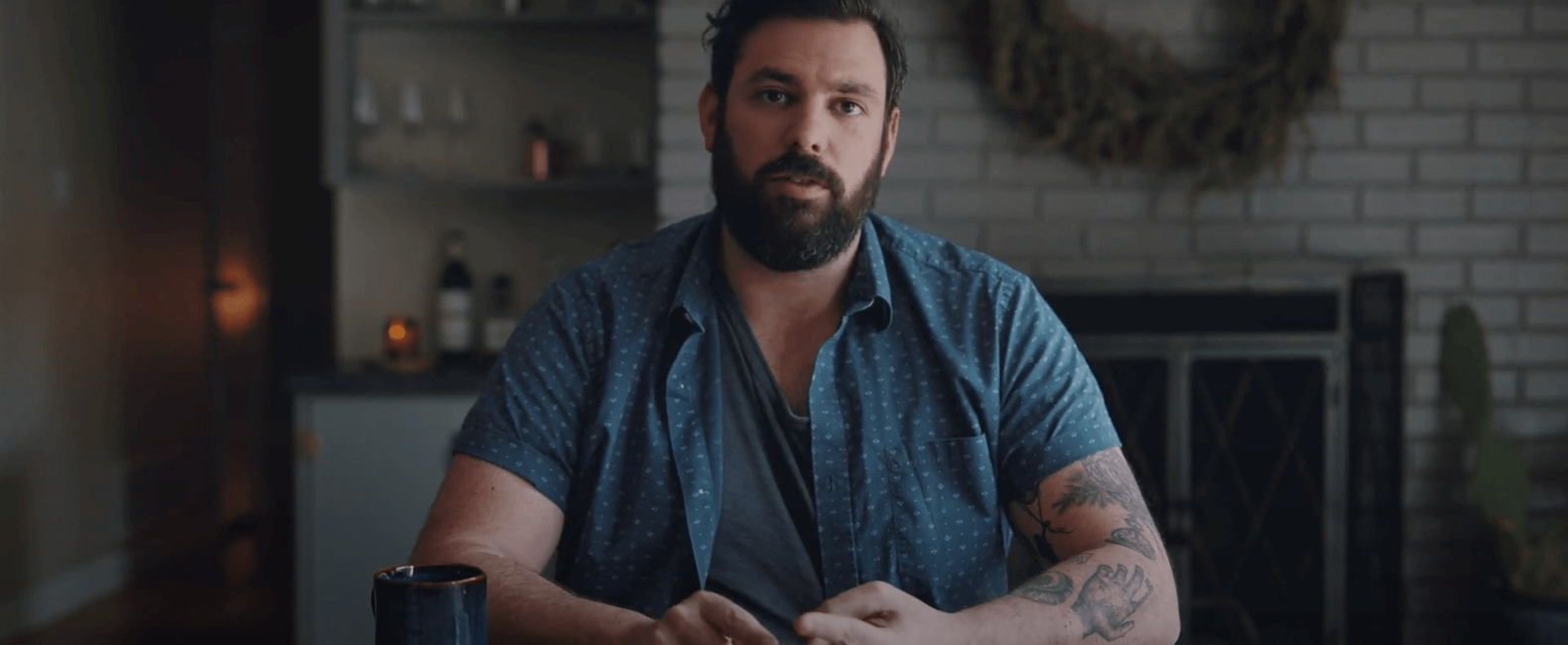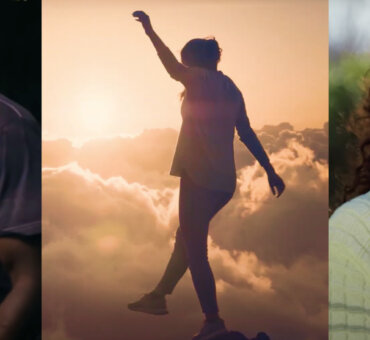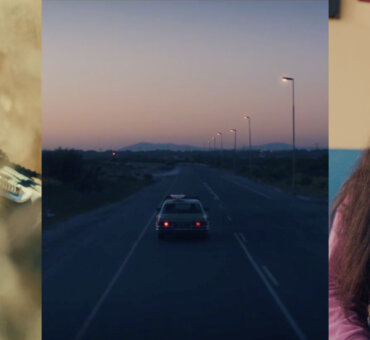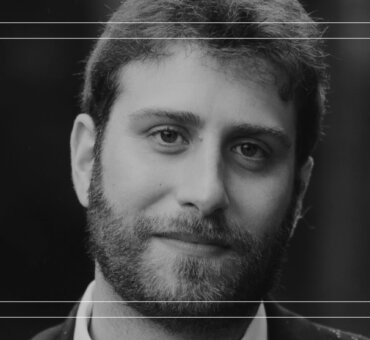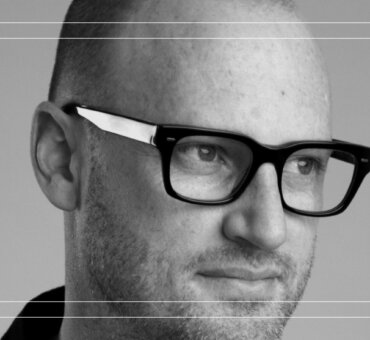Behind the Work is a series by Filmsupply that lives at the intersection of advertising and film, pulling back the curtain to give you a firsthand look into the creative processes behind branded content and ads.
In this episode of our Behind The Work series, DP/Colorist John Carrington speaks on the importance of staying creatively invested in every project—even the seemingly uninteresting ones.
Here’s John.
There’s one concept that we don’t talk about a lot in film, and that’s the idea of creative equity. Being able to creatively invest yourself in a project, even when it’s not something interesting, is a very valuable skill. If you’re able to come up with solutions, come up with ways to be excited about a project, even if it’s not something that you necessarily want to be doing, that’s something that’s going to set you apart on those types of jobs. Because you never know who is running this job.
Why does creative equity matter?
I think about things like talking heads, corporate work, and things we don’t consider very sexy. We don’t consider it very interesting. Here are a few questions to ask yourself: how do you put yourself into a project to make it that much better? Trying a new focal length, trying a new frame, using a new light fixture—just something that gets you excited about the project. What can I do to make it something unique? What can I do to make it something special? Is there anything that I can impart, communicate, or try to inspire in the production of what I’m trying to do to make it the best I possibly can?
How does creative equity impact your reputation?
Your reputation is the only thing that matters. It doesn’t matter how much money you make. It doesn’t matter how good you can make something look. At the end of the day, if you’re an asshole, nobody wants to work with an asshole. That’s not only for DP’s, but it’s also for colorists, it’s for editors, for anybody that works in film.
Think about that PA that worked on a job and was there. They were down to help with anything. They just really cared about making sure that things ran. Well, you remember that PA. You have somebody that comes to mind because they put themselves into the job.
The whole idea is that your reputation means everything. And one way to build a good reputation is to be able to put yourself in every project and build creative equity to be able to make it the best you possibly can. If you can’t do that, then you’re screwed.
What else should a director of photography focus on?
Part of your job is to make others look good. It’s to make the director look good, it’s to make the editor look good, it’s to make the production company look good, it’s to make the EP look good. If you’re doing that, you’re doing your job.
It may not be something you want to be doing, but if you have the mentality of “I want this to be the best it possibly can. I want to make sure the person that I’m working with looks great to the client and looks great to the production company.” If you’ve done that, then you’ve done your job. That mentality is what is going to set you apart and help you get the skills to push yourself to be a better filmmaker.
How can a director of photography add creative equity to future work?
You should reflect on old projects and ask yourself the following: what could we have done better? What could we have suggested that would be a little more unique? A lot of times, we think about things in terms of “this is the hand I was dealt, and I couldn’t do anything to make it better.”
Sometimes that’s true, but there are other times when there is something that you could have suggested. And if you just sit back, look at the situation, and say, “you know, if I had just kind of slowed down and had thought a little bit more, maybe with the skills I have now that I didn’t have then, I could have done this and that would have been better.” I think that goes a long way to thinking about how you can add creative equity to the projects that you’re working on.
Another way is to make lists of techniques you want to try, lighting fixtures you want to use, and different ways of approaching a subject to make it more interesting. Having those lists as opportunities come your way, you’ll be able to look at them and say, “this would be a really good time to try this lens or this frame.” And always be thinking about what it is that you can do that’s just 5% more than what you would have done normally.
If you keep doing that, you’ll find that you’re building a skill set you can use on a new job. You’re building creative thinking and creative problem-solving that you can utilize in any type of project—whether it’s one that you’re excited about or one that may not be the most interesting. But as we talked about, it is very important to be able to get more work, to be able to set yourself apart and to be able to enhance what you’re able to do as a filmmaker.
Another would be to research other people’s projects that resonate with you. This isn’t about ripping them off but about trying to analyze what it is about those projects that inspire us. What is it that resonates with us? So, when you have a project come across that may be just the talking head, you can say, “I saw this one project by this one DP that I look up to and the way the lighting was just really resonated with me” and try to recreate that. If it’s appropriate for the project that you’re doing and might make it better, it’s worth a shot.
Check out John’s work available for licensing on Filmsupply.
If you enjoyed this article, check out our interview with Director Goh Iromoto from our Behind the Work Series. To watch all episodes, subscribe to our YouTube channel.
